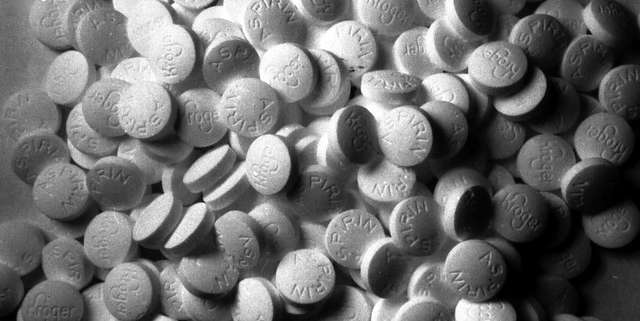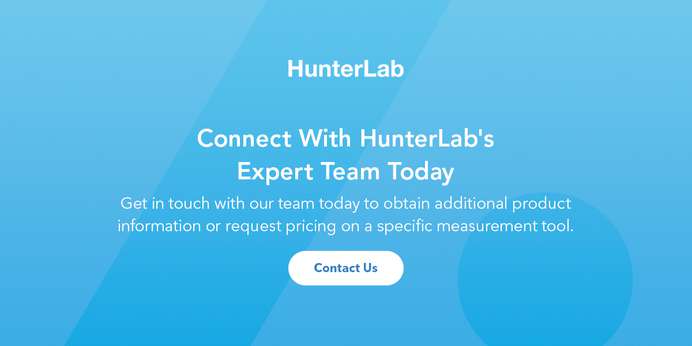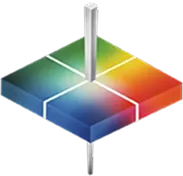
HunterLab’s EasyMatch QC-ER (Electronic Records) software is typically purchased by pharmaceutical companies to meet FDA 21 CFR Part 11 requirements for measuring the color of transparent and translucent liquids, translucent creams, powders, pressed plaques, round tablets, oval caplets and capsules as well as packaging materials.
With this software HunterLab supplies a Validation and Compliance Notebook that implements IQOQPQ protocols as follows:
IQ – Installation Qualification
IQ – Installation Qualification defines a protocol by which a HunterLab instrument is set up and turned on; software is installed on a PC as needed and both hardware and software elements verified to be working correctly together by completing a successful instrument standardization.
Following the Validation and Compliance Notebook, IQ consists of the following three elements:
- Procedure 1 – Installation of Hardware for all sensors sensor to the point such that the instrument is powered up and ready. Connect the sensor communication cable to the PC.
- Procedure 2 – Installation of EZMQC-ER Software for All Systems.
- EasyMatch QC-ER is successfully opened and the sensor loaded. When the sensor beeps or responds, power and communications between software and sensor have been established. Proceed to standardize the instrument. When successful, IQ Installation Qualification has been achieved.
OQ – Operation Qualification
OQ – Operation Qualification defines a protocol in which the sensor diagnostics tests are run and verified to PASS indicating that the instrument is operating correctly to manufacturer’s tolerances.
- Procedure 3 – Checking Wavelength Accuracy verification on the Didymium Filter for sphere instruments only.
- Procedure 4 – Checking Short Term Repeatability on a White Tile for all sensors.
- Procedure 5 – Checking Mid-Range Performance or Long Term Repeatability on the Green Tile for all sensors.


